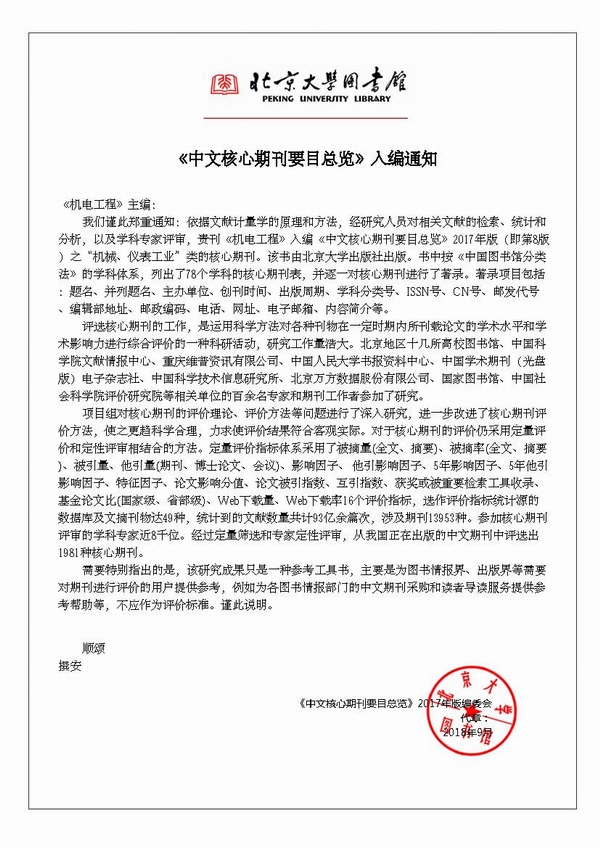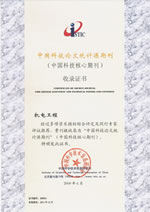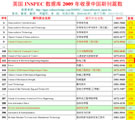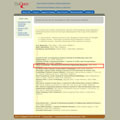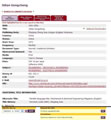
Founded in 1971 >
Chinese Sci-tech Core Periodicals >
British Science Abstracts (SA, INSPEC) Indexed Journals >
United States, Cambridge Scientific Abstract: Technology (CSA: T) Indexed Journals >
United States, Ulrich's Periodicals Directory(UPD)Indexed Journals >
United States, Cambridge Scientific Abstract: Natural Science (CSA: NS) Indexed Journals >
Poland ,Index of Copernicus(IC) Indexed Journals >
International Standard Serial Number:
ISSN 1001-4551
Sponsor:
Zhejiang University;
Zhejiang Machinery and Electrical Group
Edited by:
Editorial of Journal of Mechanical & Electrical Engineering
Chief Editor:
ZHAO Qun
Vice Chief Editor:
TANG ren-zhong,
LUO Xiang-yang
Tel:
86-571-87041360,87239525
Fax:
86-571-87239571
Add:
No.9 Gaoguannong,Daxue Road,Hangzhou,China
P.C:
310009
E-mail:
meem_contribute@163.com
Abstract: When realizing bearing fault identification through deep learning, there was a low recognition rate due to signal noise. Aiming at this problem, a combined model based on improved empirical wavelet transform (IEWT) and improved Wasserstein auto-encoder (IWAAE) was proposed. Firstly, the collected bearing vibration signals were transformed by envelope spectrum, and envelope spectrum adaptive segmentation was implemented through the relationship between the envelope point and the adaptive threshold, so that the bearing vibration signals were adaptive decomposed into AM-FM components, and the appropriate components were selected by the improved kurtosis index and reconstructed to effectively reduce the noise of signals. Secondly, for the difficulties in training the variational autoencoder, the Wasserstein autoencoder was introduced and the IWAAE was adaptively increased or deleted for the neurons according to the strength of their activation in its hidden layer. Finally, the noise-reduction signals were fed into IWAAE for automatic feature extraction and fault identification. The results of the study indicate that the classification accuracy of IEWT-IWAAE is higher, comparing with other bearing fault identification methods, the accuracy can reach 99.28%, with a standard deviation of only 0.32. The method alleviates the dependence of traditional methods on tedious artificial feature extraction and artificial feature selection to some extent and has high robustness to noise and the fault recognition ability is better than other combined model methods.
Key words: rotating machine; envelope spectrum segmentation;improved empirical wavelet transforms (IEWT); improved Wasserstein auto-encoder (IWAAE); fault feature extraction; signal noise reduction



